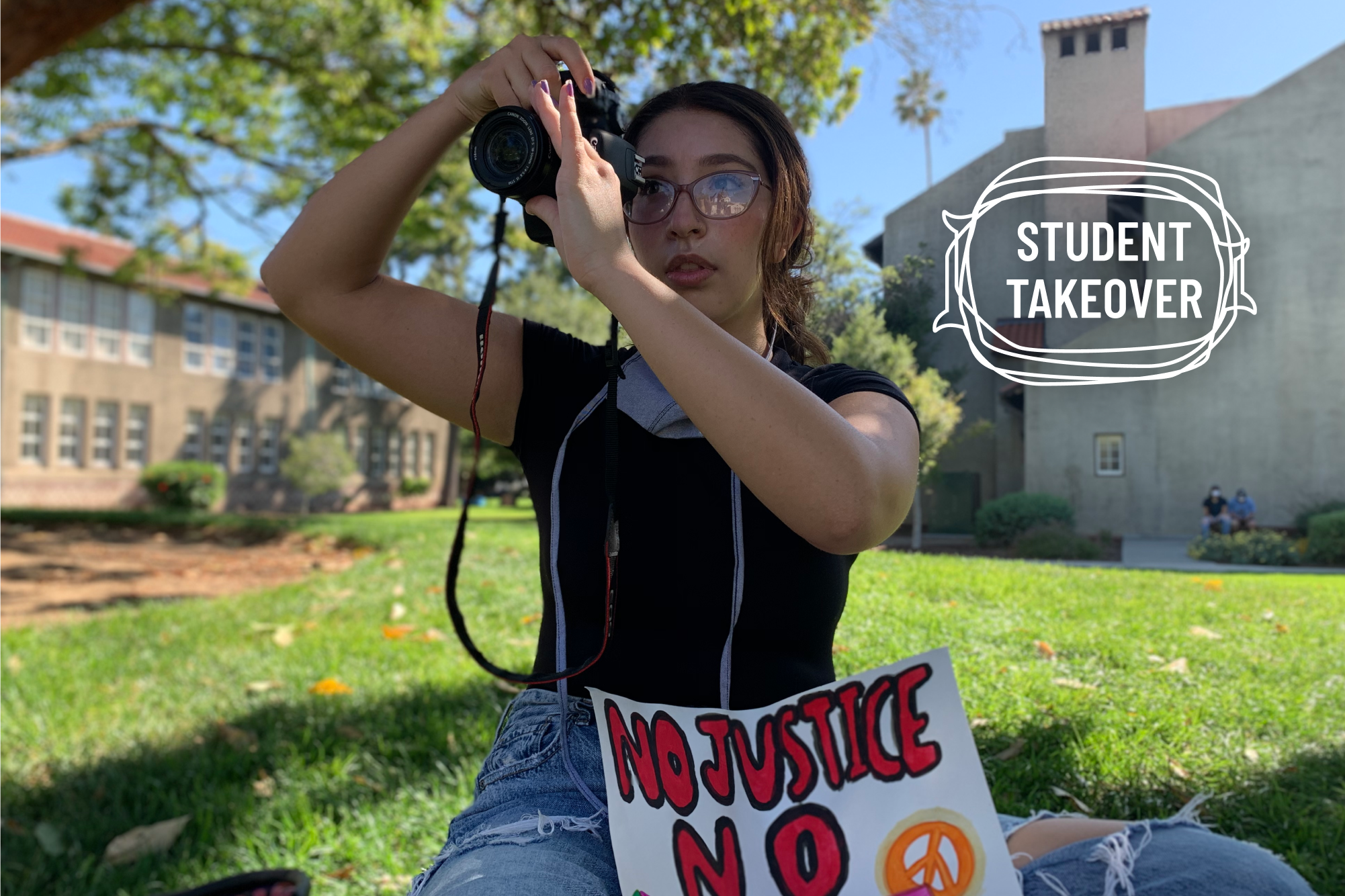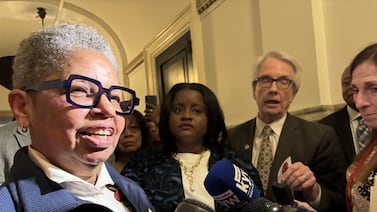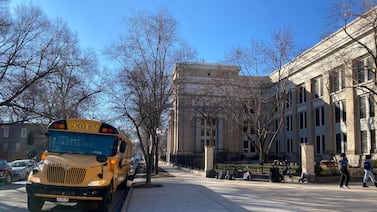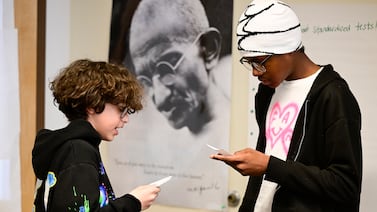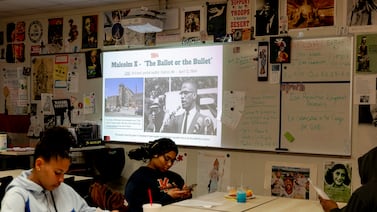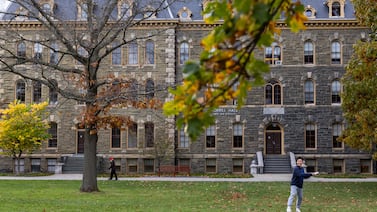This personal essay is part of the Chalkbeat Student Takeover: a weeklong project meant to elevate the voices of students at this pivotal moment in America. Read more from the takeover here.
I went to San Jose City Hall as a photojournalist to capture a Black Lives Matter protest. People came with their signs and fists high in the air to protest injustices like police brutality that the Black community faces every day.
I wanted to document for my high school newspaper the efforts of the people of San Jose at the first protest in late May. But even as a journalist, I still felt like an advocate for the movement. I constantly hear from my African American friends who tell me about the precautions they have to take in order to not be targeted by the police. I don’t think marching in support of Black Lives Matter conflicts with being a reporter. My commitment to better my community — I’ve volunteered for years in my church and in schools — led me to join this movement.
As I walked downtown, my camera slung across my neck, I felt hot and sweaty. But it didn’t matter because I was surrounded by blocks of people fighting for what they believe. I felt empowered. I witnessed how beautiful and peaceful this protest was. Around me, I saw Black, Latino, white, and Asian people, from children to the elderly.
After two hours, I came home excitedly anticipating the TV news. What came on, however, was not what I had experienced.
Less than an hour after I came home, the peaceful protest had turned violent. Police fired tear gas and rubber bullets at unarmed protesters, in response to objects thrown at officers. The TV cameras focused mainly on break-ins and looting, and news reporters commented that protesters were unfairly capitalizing on the protests to cause destruction. But the media, specifically the local broadcast I saw, ignored the hours of peaceful marching that I witnessed.
It wasn’t right to show only one piece of the story. I had intended only to photograph, but now I felt devastated by the misrepresentation and wanted to spread the truth of what happened and to explain the message of the Black Lives Matter movement.
I went back to the school paper and wrote about everything I witnessed that day.
I contacted people about why they protested and what they hoped to gain. My story helped readers understand that the overwhelming majority of protesters did not participate in looting and destroying property. Most of all, I wanted to write an accurate depiction of what took place.
I received emails praising my story. My journalism adviser posted my article on Twitter, which got likes and retweets.
I used my platform to speak out about this issue that I’m passionate about. For years I’ve listened to the horror of police killings and how officers are getting away with killing unarmed Black people. Like many young people, I had had enough. I did not understand the power I held, but my voice was heard.
Now that the younger generation especially is speaking out, change is happening. The media is focusing more on the changes being made as a result of protests.
My job as a journalist is to capture the news. My passion as an advocate is to push for justice. I know mainstream journalists do not participate in protests or political movements. But I feel that those two roles are compatible and can complement each other, adding emotion and rawness to my stories for the paper. I hope to continue being both.
Andrea Saldana is a 2020 graduate of Lincoln High School in San Jose, California. She will be a freshman at San Jose State University in the fall.


